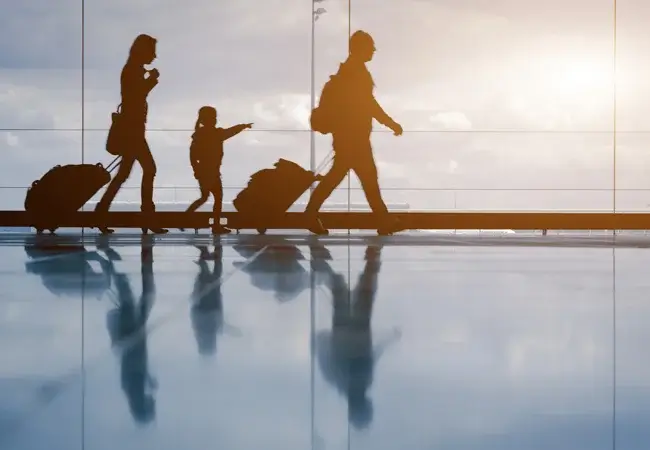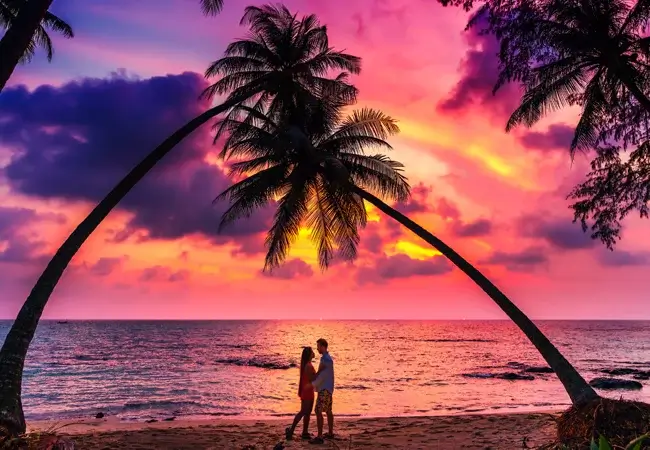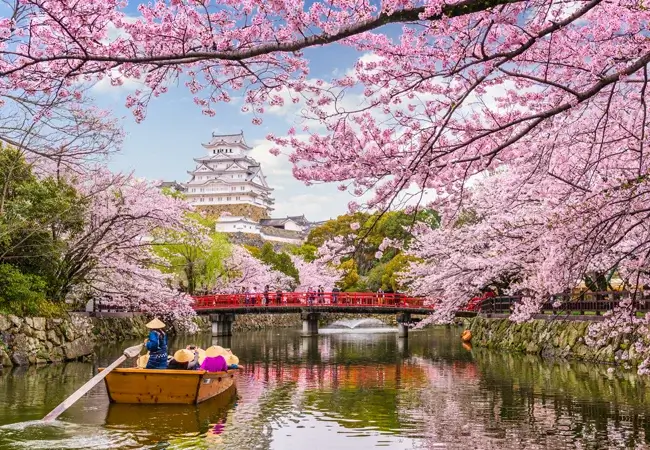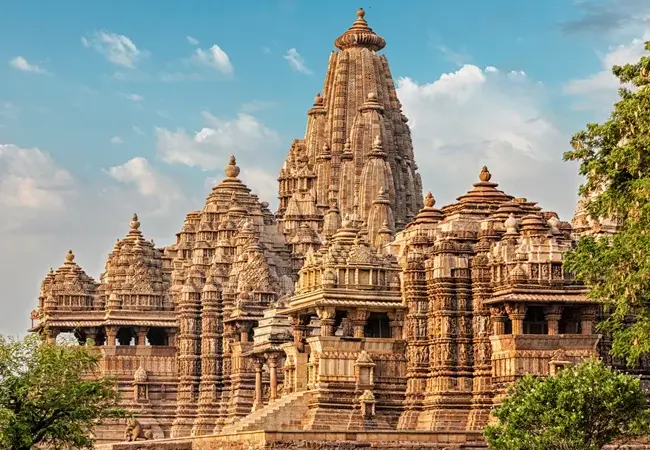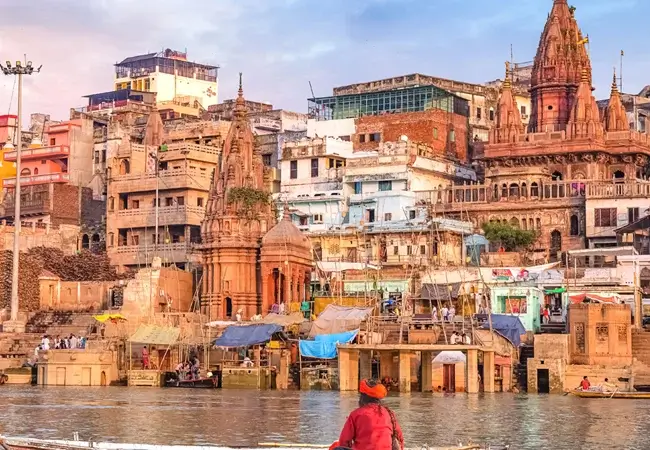
Laos
Honeymoon couples can definitely try out exploring Asian countries because the Asian region has a lot to offer and is quite diverse in many ways. Be it picturesque landscapes, breathtaking views, waterfalls, sunrise, sunset, beaches, or thrilling activities, Asia tops the chart. However, most couples prefer already popular locations because they want to play it safe while investing their time, energy, and money.
How about trying something unique, fresh yet satisfying? Have you ever heard of Laos- a landlocked country of northeast central mainland Southeast Asia? Come let’s check it out.
Couples running short of time can wrap up their honeymoon in 3-5 days just by covering one or two major destinations such as Luang Prabang and Vientiane. But, if you are willing to spend some more days exploring the beauty and divinity of this country, then a moderate trip comprising of 7 to 10 days can work wonders and you will have the opportunity to explore a few different areas like Vang Vieng or Pakse, in addition to Luang Prabang and Vientiane. And lastly, if you have the luxury of time, you can visit multiple destinations and also take a dive into the culture and heritage of the country as well.
If you want to witness a remarkable example of the amalgamation of traditional architecture and Lao urban structures with those built by the European colonial authorities in the 19th and 20th centuries, then you simply cannot afford to miss visiting Luang Prabang. Two distinct and powerful cultural traditions merge in the land of this city.
It is located in northern Laos at the heart of a mountainous region and the town is built on a peninsula. The Mekong and the Nam Khan Rivers are glorifying the identity of this city along with mountain ranges (the PhouThao and PhouNang), thereby providing a picturesque landscape and lush greenery. Locals believe that many significant legends are associated with the formation of this city. Once upon a time, this city used to be the center of Buddhism and from the 14th to 16th century, this town became the capital of the powerful kingdom of Lane Xang (Kingdom of a Million Elephants). The wealth, as well as influence of this kingdom, were associated with its strategic location on the Silk Route.
This city is quite rich when it comes to art and architecture because the majority of the buildings are made of wood and most of the temples have been created using stones. The pagodas here are decorated in a very aesthetic manner that can be a perfect delight to the eyes (such as sculpture, engravings, paintings, gilding, and furniture pieces). Hence, it is remarkable and outstanding from both archaeological as well as iconographic, and aesthetic points of view.

Occupying the bank of the Mekong River, Vientiane is the capital city of Laos and also the largest. This city is considered to be the home of the massive gilded stupa, Pha That Luang (Great Sacred Stupa), a national symbol of Laos. Moreover, you can find streets that are lined with trees, French colonial buildings, street markets, Buddhist temples, and noodle shops. There is a very beautiful Buddha Park outside the city which is a garden littered with over 200 cement sculptures depicting the gods and monsters of Buddhist as well as Hindu myth. Some of the top places to visit in Vientiane are Patuxay Monument, Wat Si Saket, Wat Si Muang, Lao Textile Museum, Vat That Khao, and Mekong Riverside Park.

Though this country houses a large number of mesmerizing waterfalls, Kuang Si Waterfall is unique and different from all of them because the water here is completely turquoise, hence, a perfect treat to the eyes. Besides, the swarm of butterflies that keeps on hovering around the area adds to the magic of this waterfall. If you want to try something exciting, then you can also take the foot treatment here but interestingly, the massage isn’t provided by humans. Yes, you heard it right! The treatment is given by the fish.

The capital city of the province of Xieng Khouang in Laos, Phonsavan is a city comprising a population of approximately 40,000, with predominant ethnic groups such as the Phuan, Hmong, Khmu, and Tai Dam. The villages of this city comprise colorful wooden houses along with green hillsides and forests of pine trees. Interestingly, Hmong men are often dressed in typical cowboy clothes and hats- on New Year’s Day and Phonsavan welcomes the New Year with bullfights.
This city is best known for sightseeing. There are lots of archaeological sites having thousands of sandstones jars that date back to the Iron Age. Besides, Indochinese war sites such as the Plain of Jars became the Plain of Scars as this site experienced extensive bombing and was also the drop-off point for unused artillery. Moreover, there are several scenic war memorials for soldiers who lost their lives in the Indochina War. Tham Xang (Elephant Cave) also has remains of the arsenal, medicines, and traces of refugees who lived here when the war was going on.
Si Phan Don is a group of islands in Lao that have been glorifying the Mekong River in Southern Laos. The islands here are of different sizes, many of them are underwater during the monsoon. The main islands that you can visit include Don Kong, Don Som, Don Det, and Don Khon. Si Phan Don is also known as the “Four Thousand Islands” and most of them are still uninhabited and too tiny for roads, hence no means of communication is available. The inhabited islands contain a few restaurants and bars, along with a leafy track for walking and cycling. Moreover, this island houses the biggest waterfall in southeast Asia- Khone Phapheng Falls.
- Laotian dishes share many resemblances with dishes prepared in Thailand and Vietnam in terms of flavour and ingredients that primarily contains fresh herb, spices, noodles, and rice. Khao niaw (sticky rice) is considered to be the staple food among the Laotians that is traditionally served in a cone-shaped bamboo basket. This sticky rice is basically consumed with soup and meat-based dishes.
- Kaipen is another famous Laotian snack that is prepared using freshwater green algae harvested from the heart of the Mekong in northern Laos. The best way to consume this snack is by having it with a jaew bong-dipping sauce made by combining roast chilli and thin pieces of buffalo skin.
- Khao jee is a baguette stuffed with lettuce, sliced tomatoes, carrot, onion, moo yor (pork lunchmeat), chopped ham, and topped with chilli sauce. It is best enjoyed for breakfast, together with a cup of coffee. Some other popular dishes include Khao Poon, Lao Sausage, Larb, Laos Pho, Lao Stew, and Sien Savanh (Lao Beef Jerky).

The best time to visit this country is from November to January because during this time, the weather remains at its best and you can easily participate in a wide range of fun activities to unleash your wild soul.




